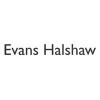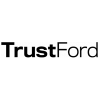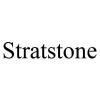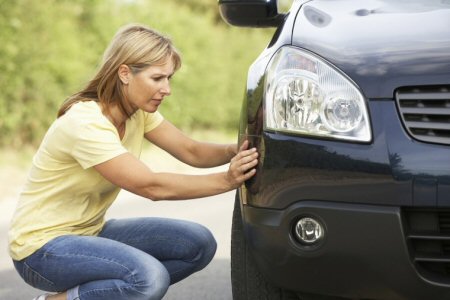
Exterior inspection of a used car
They say that you canít judge a book by its cover. Well, with used cars this isnít necessarily the case. In fact you can learn an awful lot. It may not be glamorous getting down to the nitty-gritty of checking out a used car. However, it could be all the difference between buying a decent runner and something thatís only fit for the scrapheap. So, you need to do all you can to make sure that this isnít the case with your next used car.
The first job you need to do is open the doors. By ďdoorsĒ we mean all of them including the bonnet and boot lid. Once theyíre open you need to get down and look at areas like hinges, slam panels and sills. This may mean moving all the rubber seals around and having a close look at the edges. What youíre looking for is blistered paint or anything that looks like rust coming through underneath. Also pay attention to any seams as this could give strong evidence of welding or a ďcut n shutĒ. Have a really good look around and we do mean everywhere. While the doors are open have a good feel underneath and make sure that the outer skin of the door isnít separating away from the frame of the door itself. Any water or moisture will collect around the doors eating away at the car. Therefore the doors are a good place to find any hidden secrets witch is your job to uncover. By looking behind, around and under the doors, bonnet and boot you can learn a lot about the structural integrity of the car.
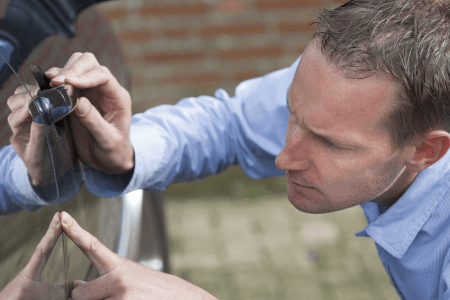
Now you need to focus on the skin, thatís the body panels and overall paint surface. You can start by positioning yourself at the front or rear of the car kneeling down and looking the full length side of the car. By using this angle you can see any dents, waves or ripples that you may not see from other angles. You should run your hand over every body panel and feel for areas of filler or whether panels donít quite fit right. Look at the shuts lines which are the gaps in-between all the panels, the doors, the bonnet and the boot. What youíre looking for is that there are the same constant and consistent lines and distances as youíd expect when the car left the factory. Make sure you check both sides of the car as well because if theyíre not equal then this may indicate that the panels have taken a knock in a crash and then badly replaced or repaired.
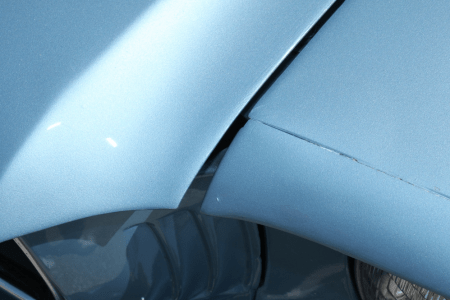
Now itís time to take a step back and look at the whole car. What youíre looking at is the general paintwork and more specifically whether all the body panels are the same colour. If the panels are not the same colour then this would indicate that the car may have been cheaply re-sprayed. Again, this could indicate that the car had been involved in an accident. Next, you should take a step closer to the car Ė real close in fact! Now itís time to use your X-Ray vision as what youíll need to do is try and look right through the paintwork and through to the bodywork underneath. What youíre looking for is evidence of small faint circular scratches under the paint as this would indicate filler. You might also see small crater-like depressions where the pain has shrunk away from the filler which is again, bad news. Sometimes this is tricky to spot but sometimes itís blatantly obvious!
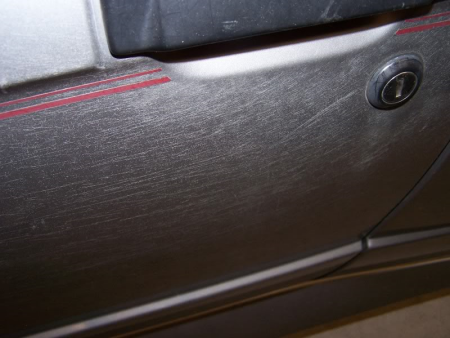
Next, go to the front and rear windscreens and investigate the rubber seals. See if you can lift them up because itís under here that rain gathers and therefore a high chance of rust. If there is rust then this is bad news as itís expensive and difficult to repair especially on used cars. If the car has a sunroof then do the same and lift the rubber seal. Also look around things like the door handles, the badges on the bonnet and the tailgate and anything else that is attached to the car. What youíre looking for here is a build-up of paint because this could indicate an unprofessional and cheap spray job Ė again, another indication the car has been in a crash.
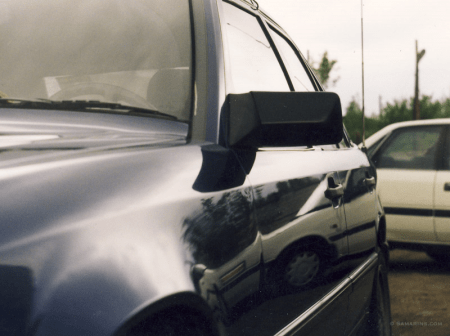
When checking the exterior of a used car then itís vitally important that you take your time. Donít feel rushed by the seller. If they are unnecessarily rushing you then you could take it as an indication that they are hiding something or thereís something they donít want you to see. When inspecting a used car itís not difficult to see when things are right and itís certainly not difficult to see when things are wrong.







